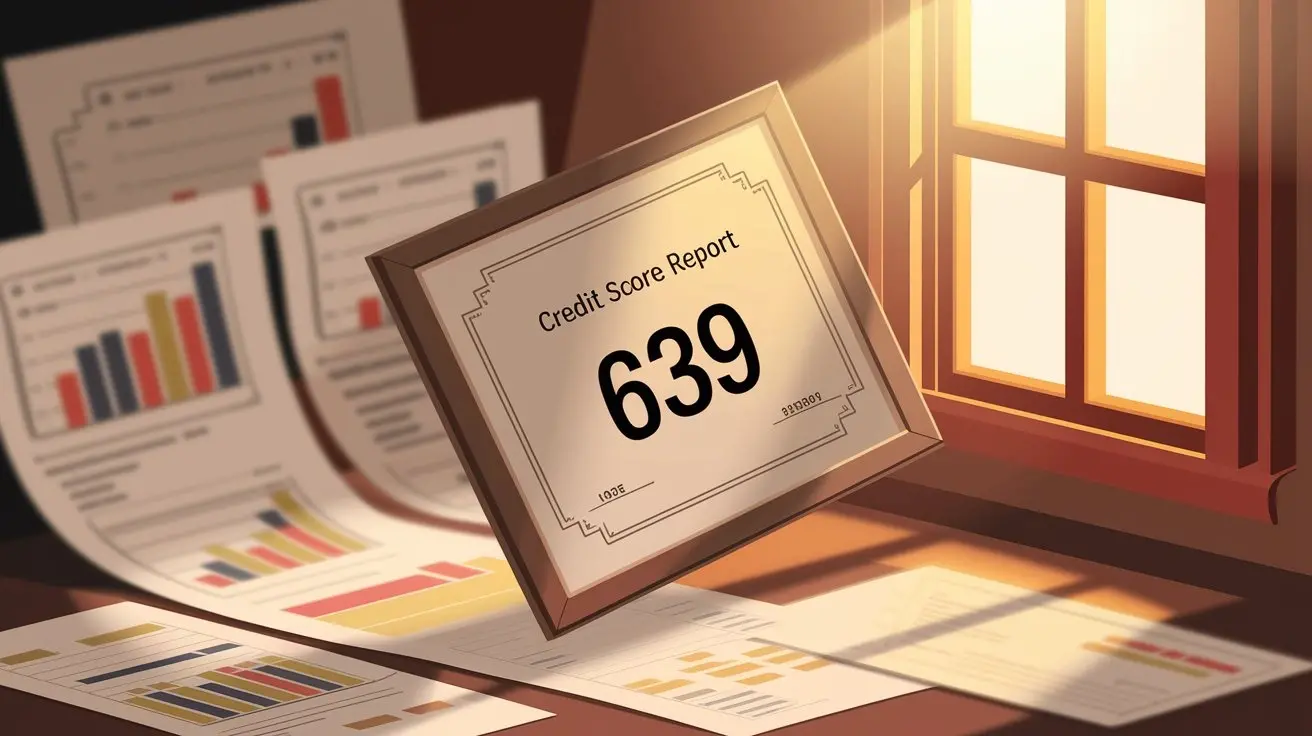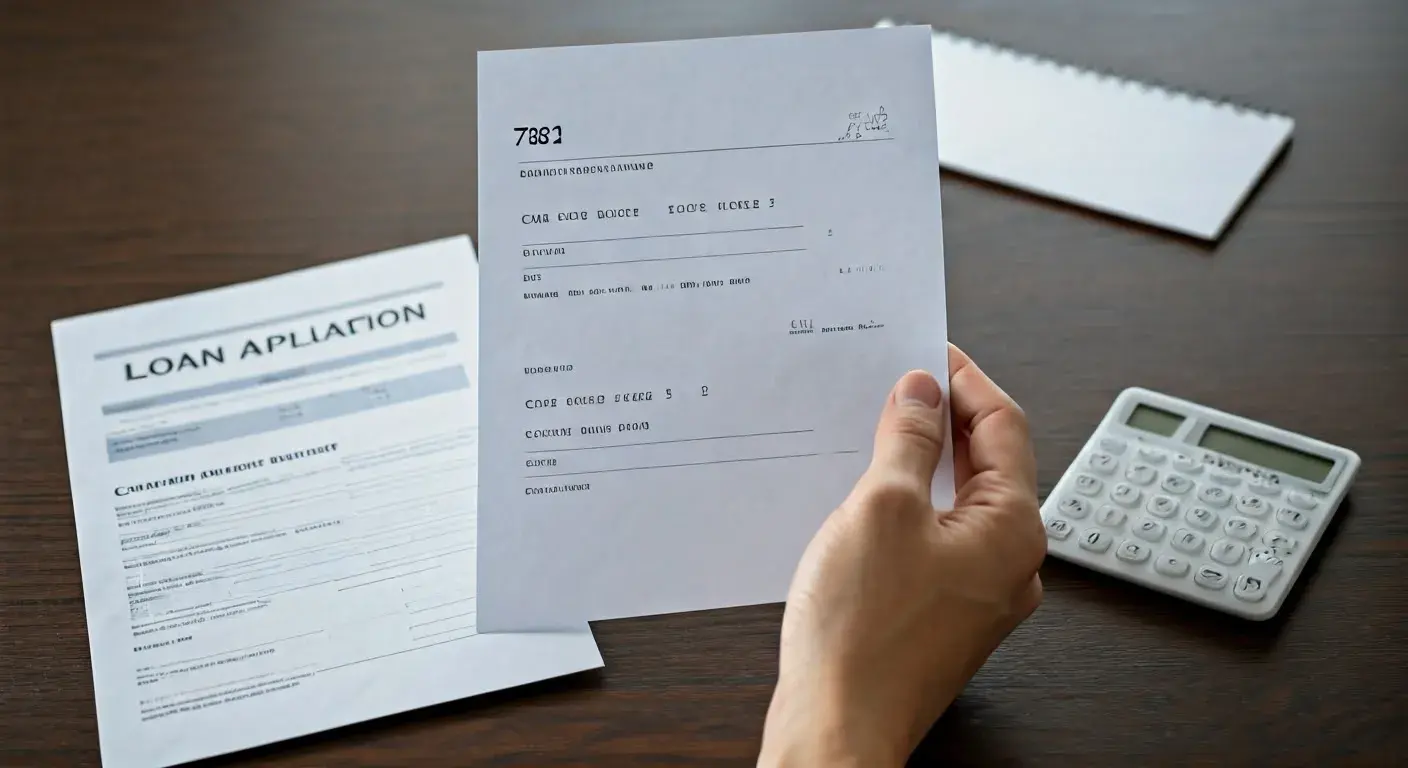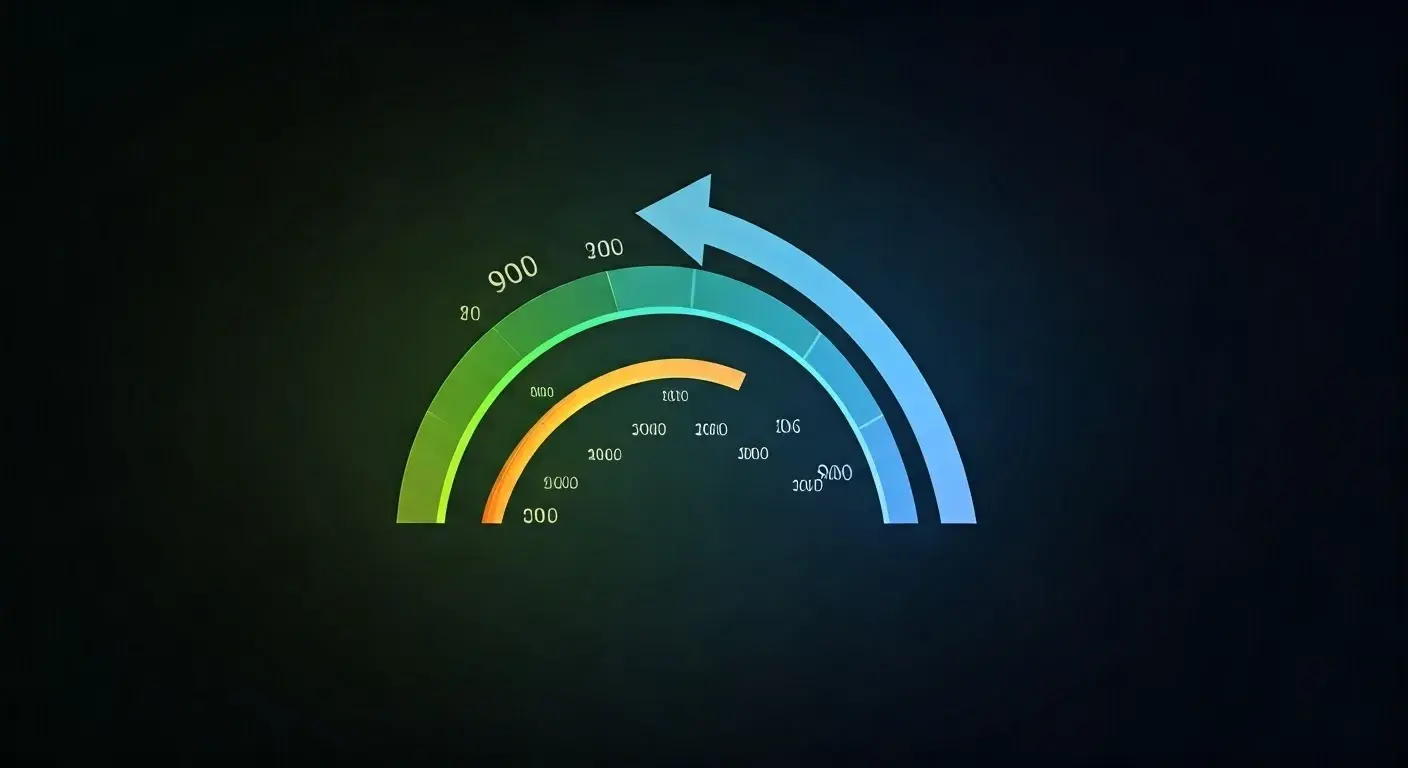-
Posted on: 22 Nov 2024

-
A credit score is a three-digit number that plays a significant role in determining your financial health. Whether you're looking to apply for a loan, rent an apartment, or secure lower interest rates, your credit score matters. If you’re at the lower end of the credit score spectrum, don’t worry—you’re not alone. Improving your score is achievable with the right approach and dedication. This guide will walk you through actionable steps and strategies to boost your credit score effectively.
Understanding the Factors Behind Low Credit Scores
Credit scores are calculated using models like FICO or VantageScore, and the lowest credit scores typically fall below 580. Here are the main factors that contribute to such scores:
-
Payment History
Late or missed payments account for 35% of your score. Consistently falling behind can significantly lower your credit score. -
Credit Utilization Ratio
This measures how much credit you use compared to your credit limit. A high ratio (over 30%) indicates over-reliance on credit and can hurt your score. -
Length of Credit History
A short credit history signals limited experience with credit, impacting your score. -
Credit Mix
A lack of diverse credit types (e.g., credit cards, loans) can contribute to a low score. -
New Credit Inquiries
Applying for multiple accounts in a short time results in hard inquiries, which can decrease your score.
Common Mistakes
- Ignoring due dates: Even one missed payment can drop your score.
- Maxing out credit cards: High balances signal financial stress.
Step-by-Step Guide to Improve a Low Credit Score
1. Assess Your Current Credit Situation
Start by checking your credit report, which you can access for free at platforms like AnnualCreditReport.com. Examine the report for errors such as incorrect balances or unfamiliar accounts.
2. Dispute Errors on Your Credit Report
Errors in your credit report can unfairly lower your score. Common issues include duplicate accounts or outdated payment statuses. Contact credit bureaus to dispute inaccuracies through their online portals or via mail.
3. Pay Off Outstanding Debts
Develop a strategy to reduce your debts:
- Snowball method: Pay off the smallest debts first to build momentum.
- Avalanche method: Focus on debts with the highest interest rates to save money in the long term.
4. Reduce Your Credit Utilization Ratio
Lowering your credit utilization improves your score significantly. Here’s how:
- Pay more than the minimum due on credit cards.
- Request a credit limit increase, but avoid overspending on the higher limit.
5. Create a Consistent Payment History
Set up automatic payments for bills to avoid late payments. Prioritize high-impact debts like loans and credit cards.
6. Avoid Opening Too Many New Accounts
Every new credit application creates a hard inquiry on your report. Limit credit applications to avoid unnecessary score reductions.
7. Build Credit Wisely
If you’re starting from scratch or rebuilding:
- Use a secured credit card—a card backed by a cash deposit.
- Become an authorized user on someone else’s credit card account.
- Consider a credit-builder loan, which helps establish a positive payment history.
8. Maintain Older Credit Accounts
The length of your credit history impacts your score, so keep older accounts open and active, even if they’re not in regular use.
Expert Tips for Long-Term Credit Improvement
-
Adopt Smart Financial Habits
- Create a budget to manage expenses.
- Build an emergency fund to avoid relying on credit in financial emergencies.
-
Monitor Your Credit Regularly
Use credit monitoring tools like Credit Karma or Experian to track your progress and identify potential issues early. -
Seek Professional Help
If you’re overwhelmed, consider working with a certified credit counselor to develop a personalized plan.
Tools and Resources for Credit Improvement
- Apps for Credit Monitoring
- Credit Karma and Experian offer free credit score tracking and financial insights.
- Credit Counseling Agencies
- Organizations like the National Foundation for Credit Counseling (NFCC) guide managing debts and improving credit scores.
Success Stories: Real-Life Examples
Case Study: Alex’s Journey to a Better Credit Score
Alex started with a credit score of 520 due to high credit utilization and missed payments. By focusing on timely payments, disputing report errors, and using a secured credit card, Alex boosted their score to 680 in just two years.
Common Myths About Low Credit Scores
-
Myth 1: Closing old accounts improves credit.
Fact: Closing accounts reduces your credit history length, which can lower your score. -
Myth 2: Checking your credit report lowers your score.
Fact: Self-checks are soft inquiries and don’t affect your score. -
Myth 3: Carrying a balance helps build credit.
Fact: Paying off your balance in full each month is more beneficial.
Conclusion
Improving a low credit score takes time and consistent effort, but the benefits are well worth it. From securing lower interest rates to increasing financial flexibility, a strong credit score can open doors to numerous opportunities. By following these steps, you can take control of your credit journey today.
Call-to-Action
Take the first step toward financial freedom by checking your credit report and implementing these tips. Use trusted resources like Credit Karma or Experian to monitor your progress and stay on track!
Start rebuilding your credit today—contact us at (888) 803-7889 now!
-










